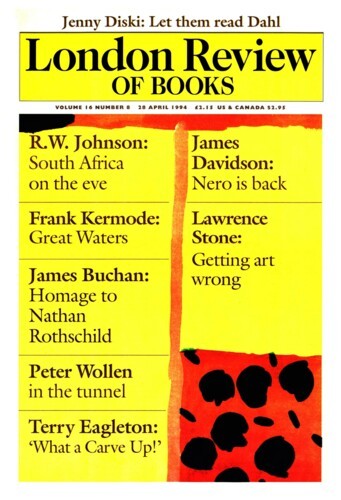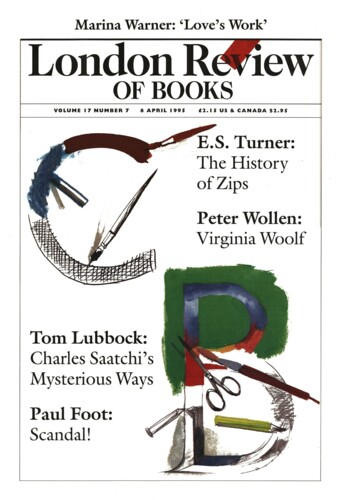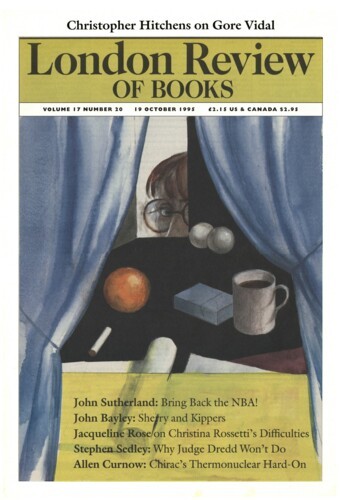Diary: In the Tunnel
Peter Wollen, 28 April 1994
Our cosmopolitan party converged on Arras from east, north, south and west, to be gathered together and loaded onto a tourist bus and driven to the Channel Tunnel reception centre at Sangatte, near Calais. There things took an unexpected turn. We were issued with special boots, hard hats, goggle-like glasses and – most alarmingly – yellow oilskins. The last time I had worn these was on a visit to Niagara Falls, where The Maid of the Mist takes tourists into the drenching spray at the very foot of the falls. Marilyn Monroe wears them in the movie, Niagara, and you can see them on Gene Kelly and the gang in the pre-credit sequence of Singin’ in the Rain.’




